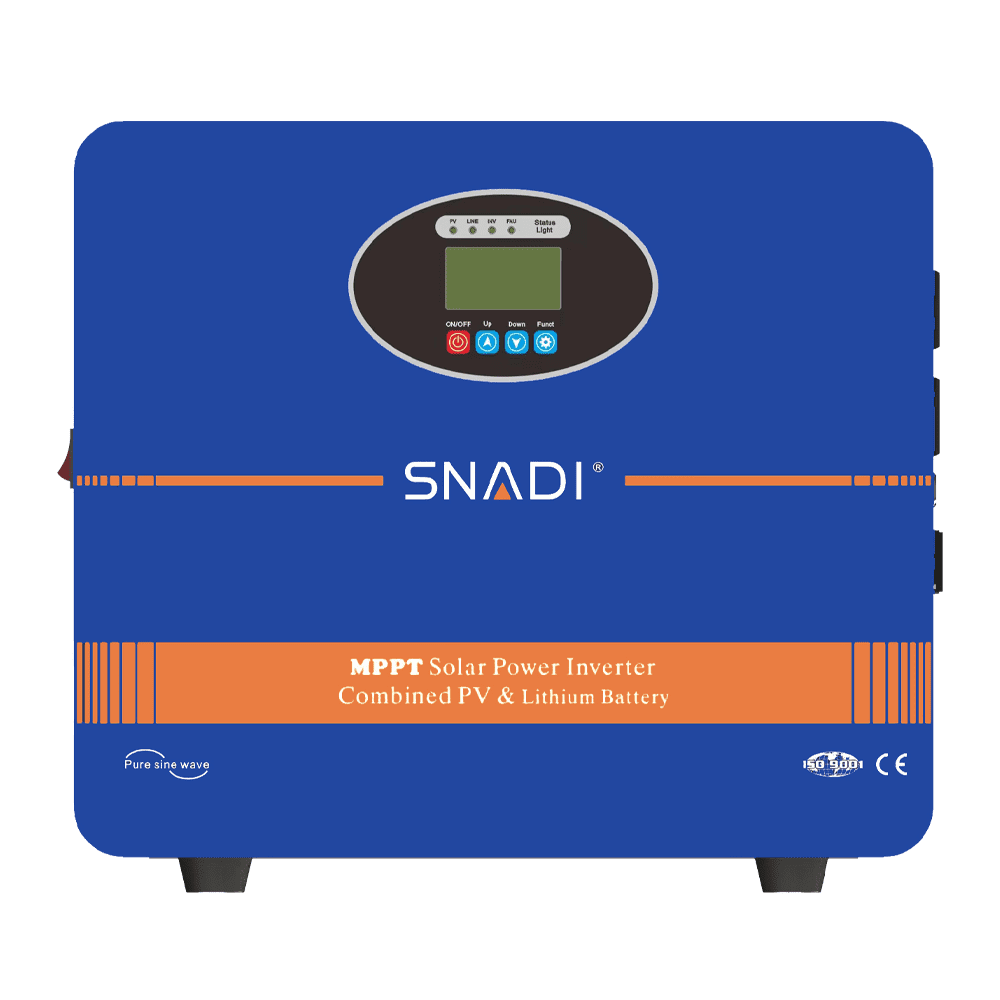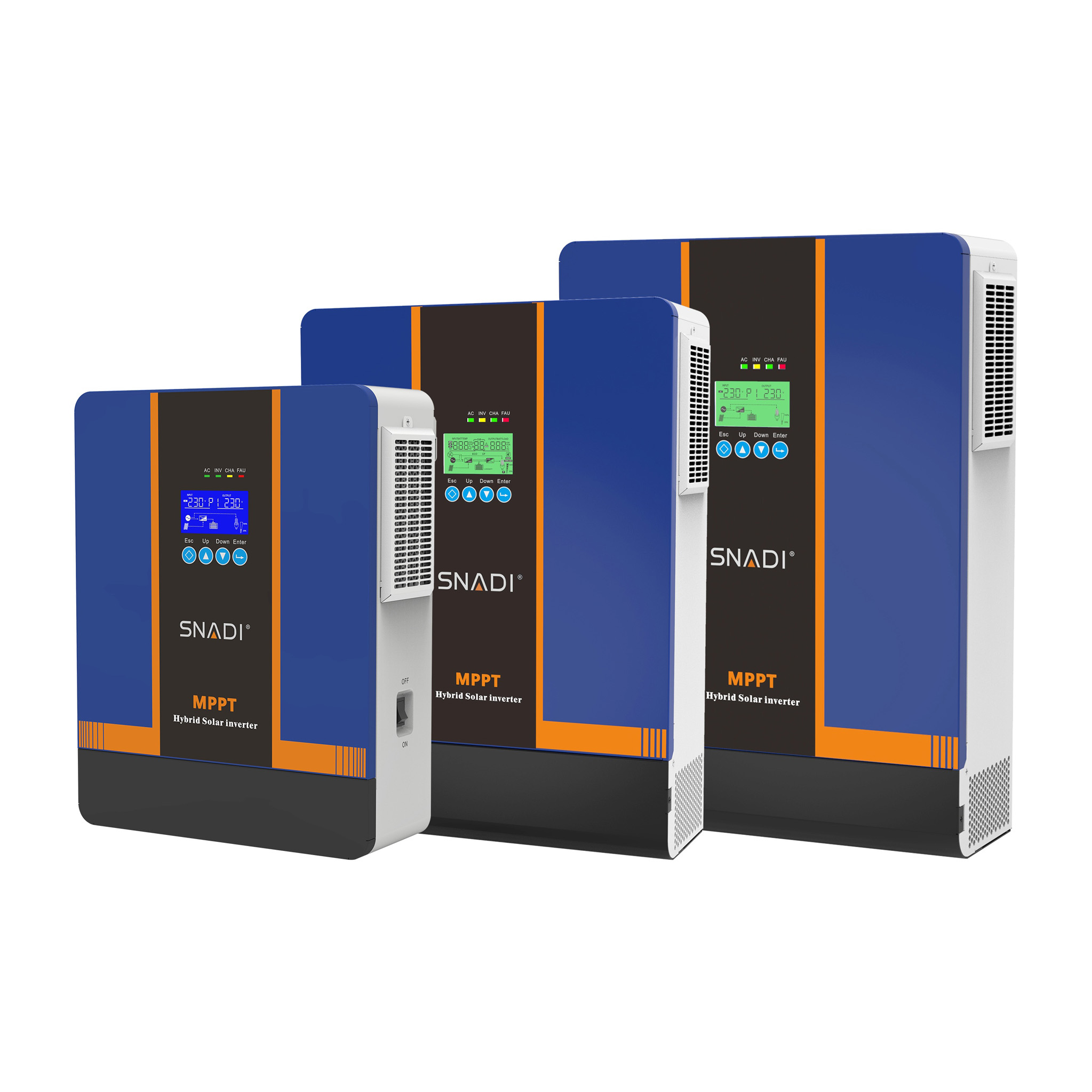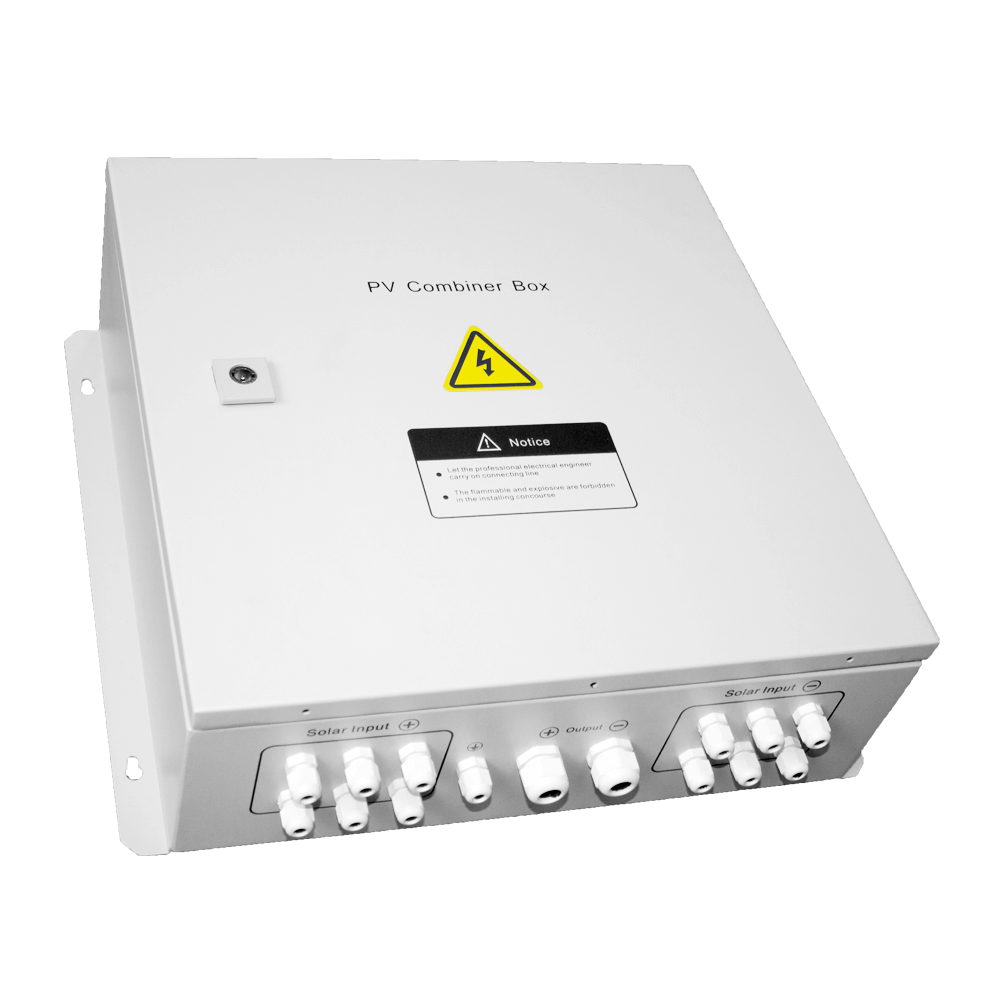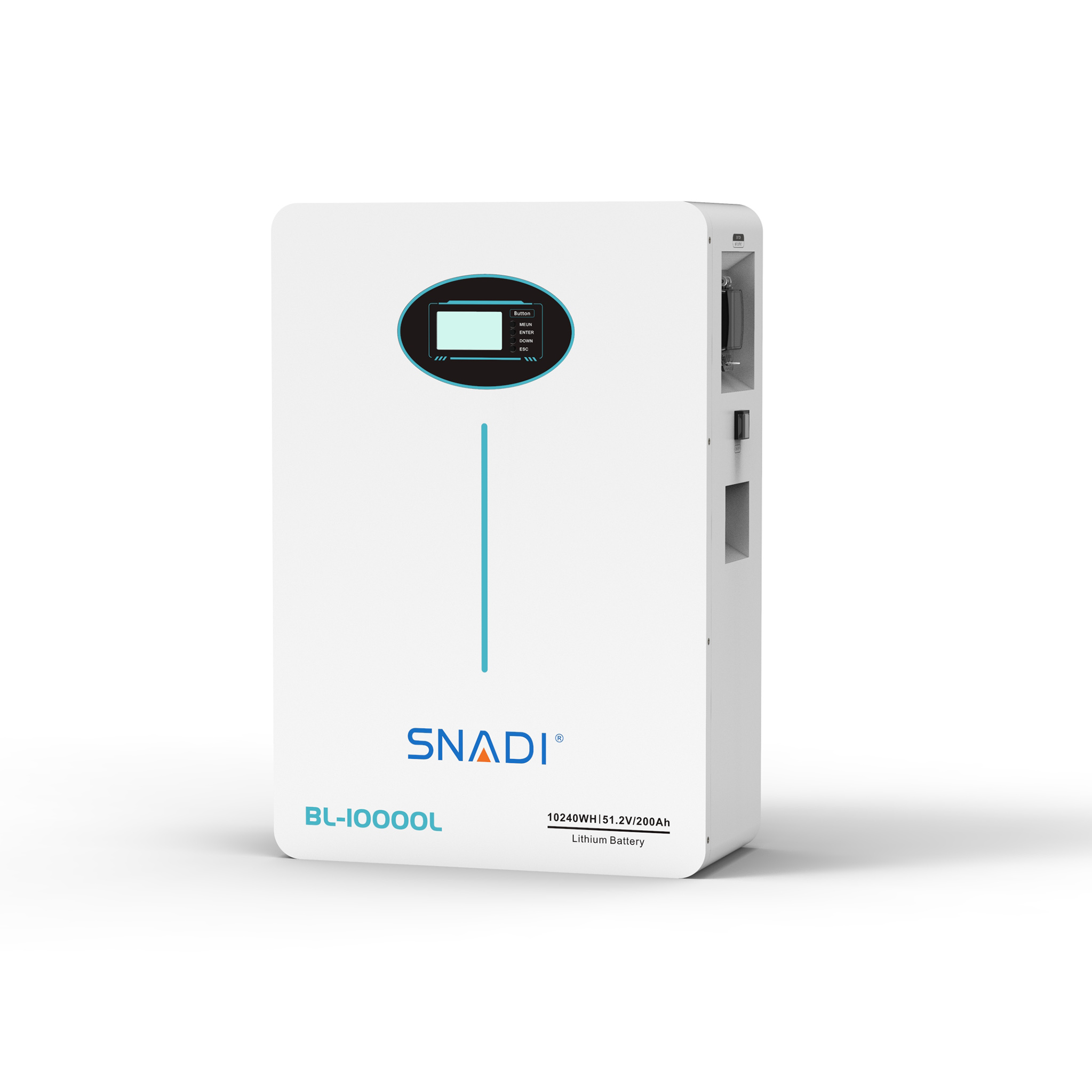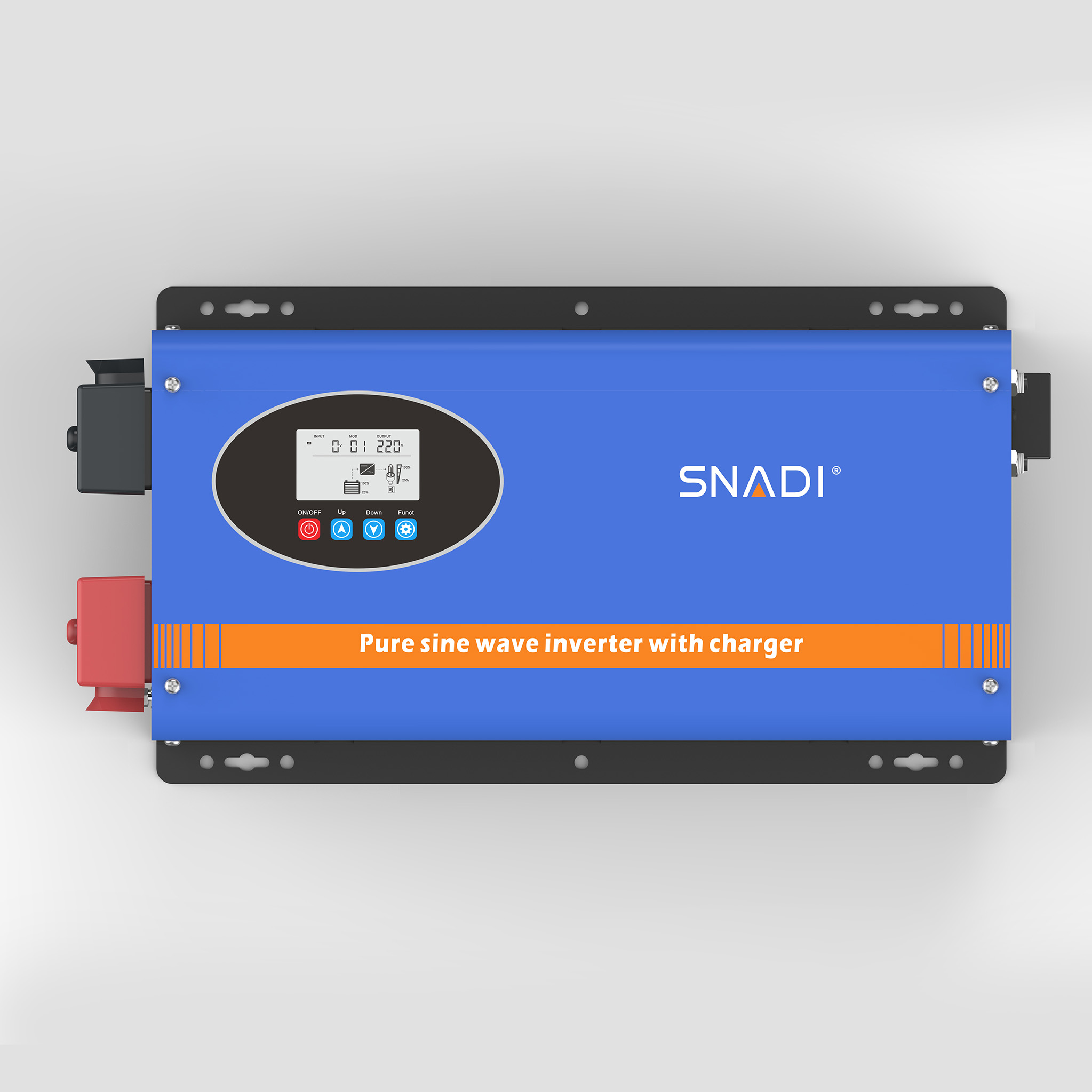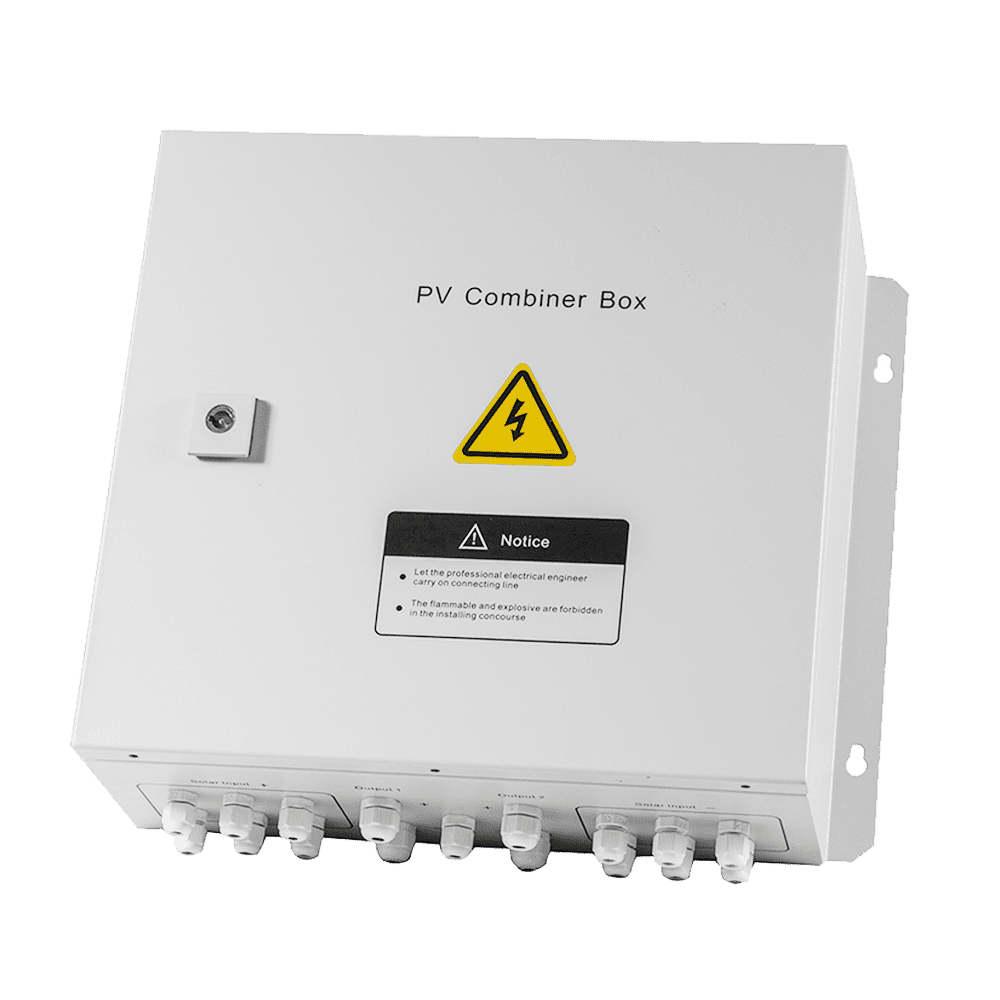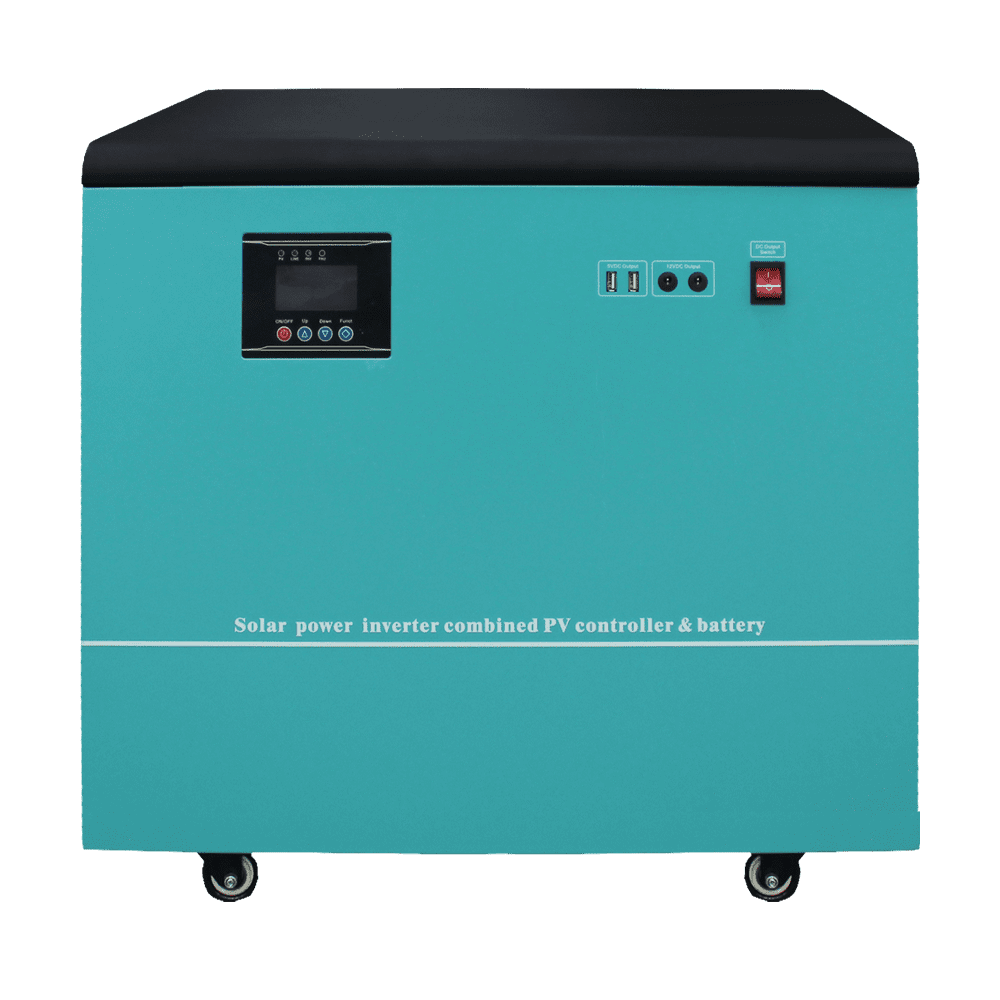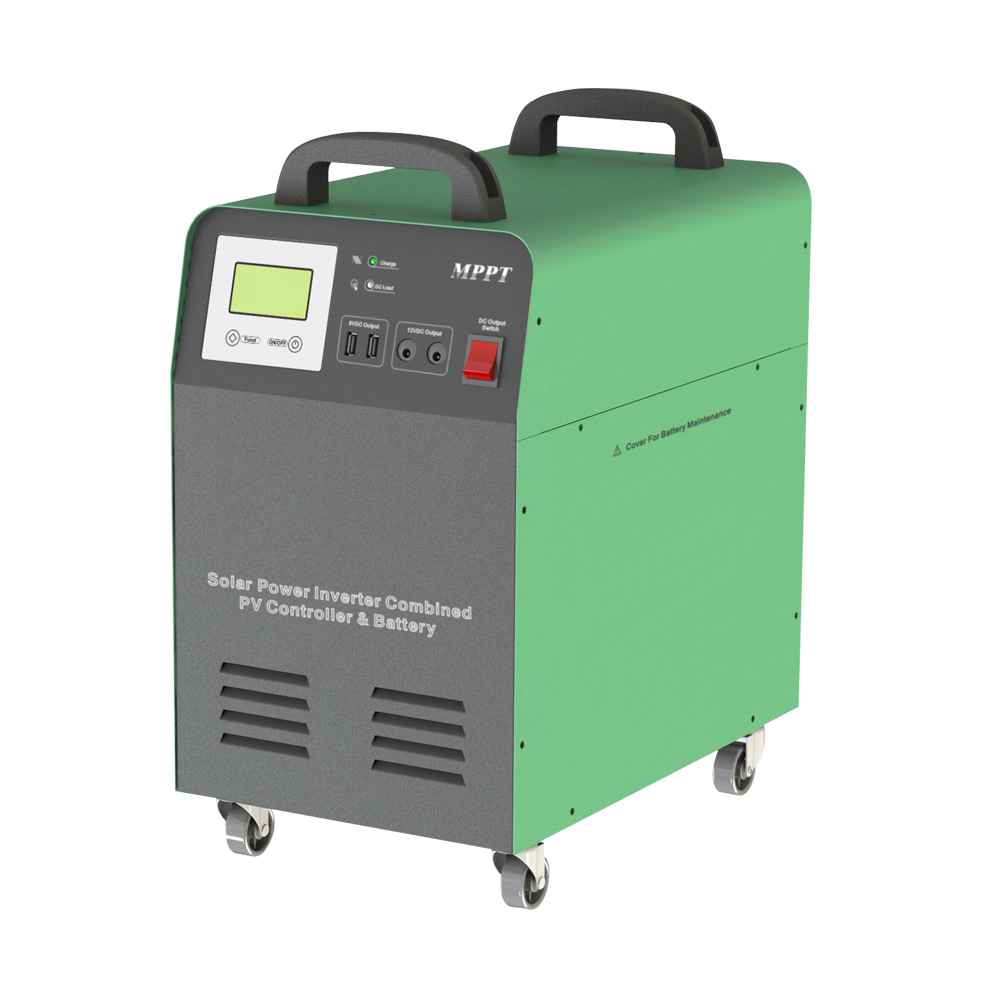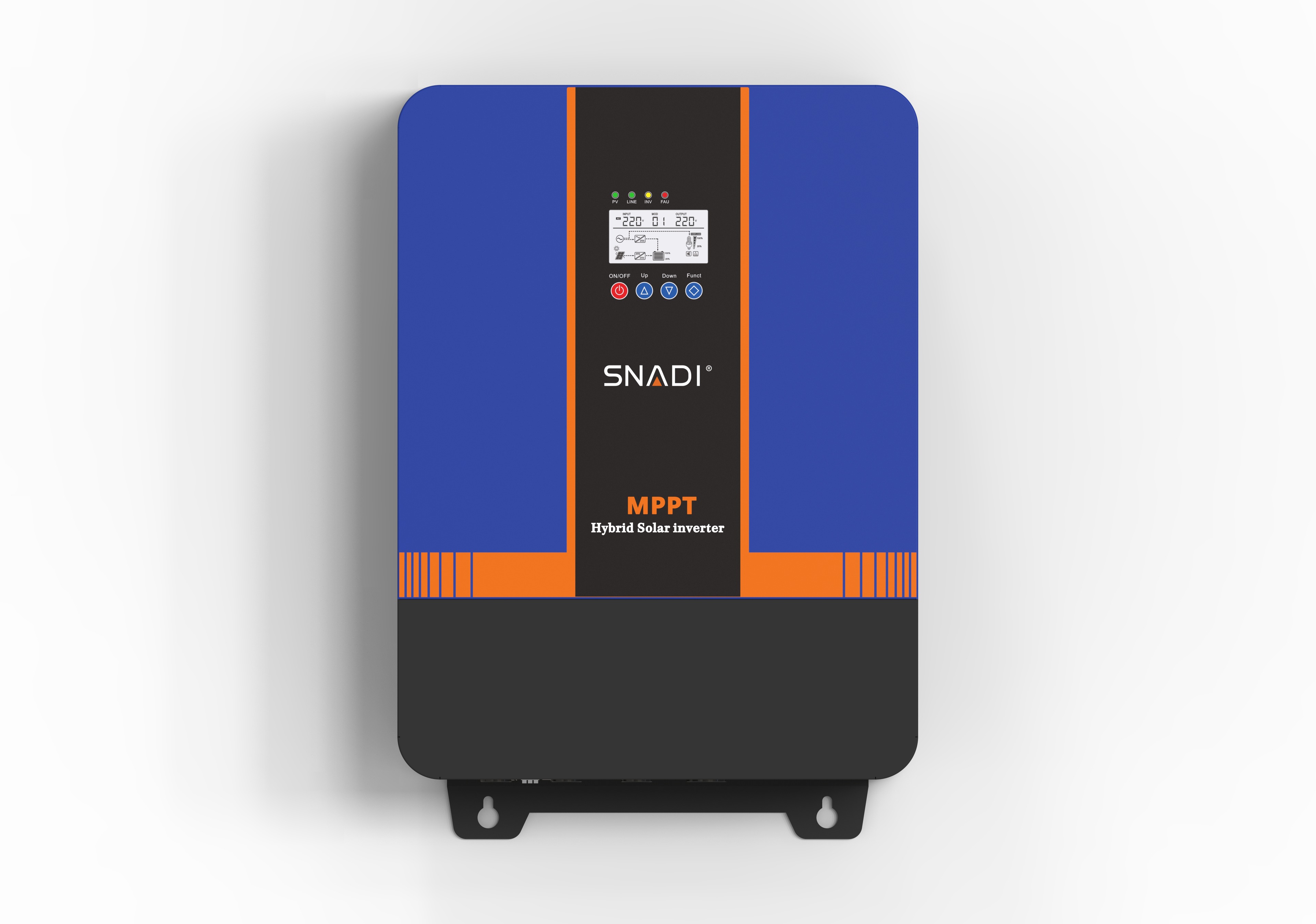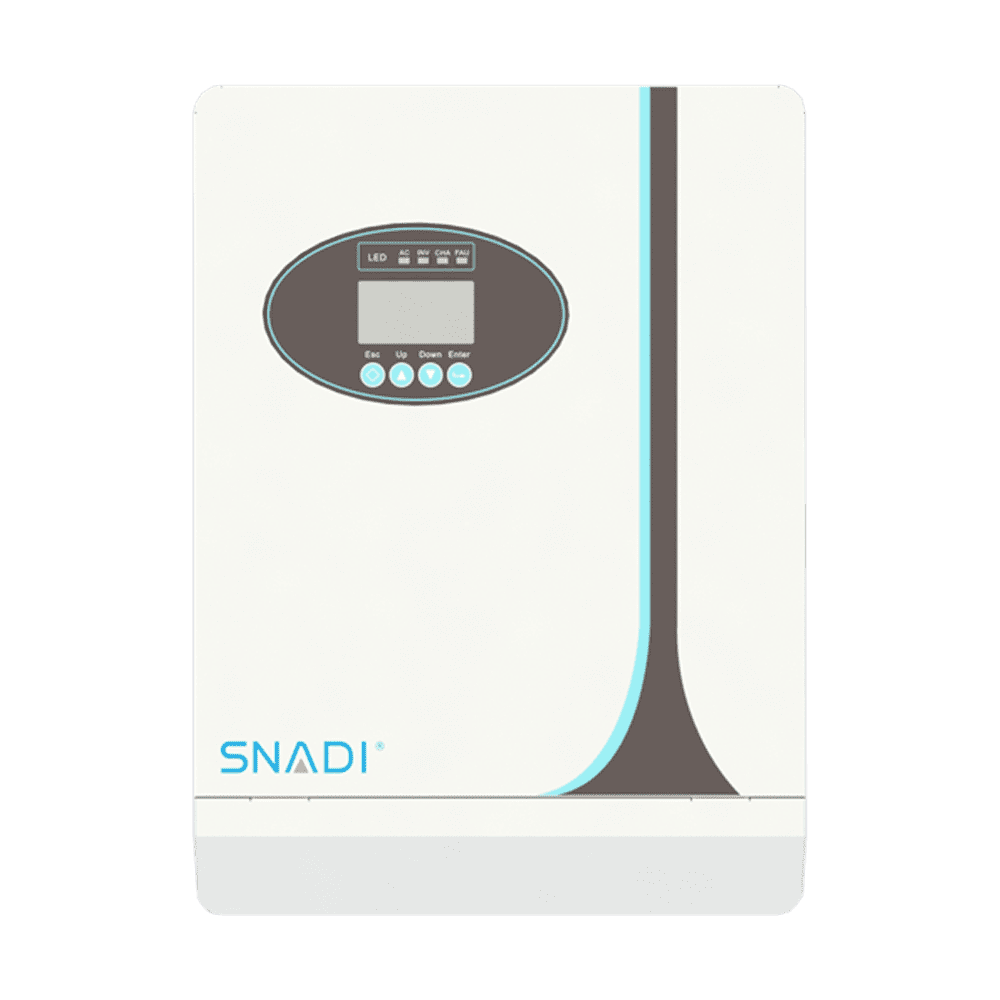In the world of solar photovoltaic (PV) systems, combiner boxes are essential components that consolidate electrical output from multiple solar panel strings. However, AC (Alternating Current) and DC (Direct Current) combiner boxes serve different purposes and handle different types of current. This article explores the key differences, components, and applications of AC and DC combiner boxes.
Understanding Combiner Boxes
Combiner boxes are crucial in solar power systems, ensuring the orderly connection and collection of photovoltaic string arrays. They play a significant role in enhancing the performance and safety of the system by providing isolation, leakage, and grounding protection.
DC Combiner Boxes
Function and Application
DC combiner boxes are used on the DC side of a solar power system. They combine the output from multiple strings of solar panels in parallel before sending it to the inverter. This setup is vital for medium to large photovoltaic power systems, where multiple solar panel arrays need to be organized and managed efficiently.
Voltage and Current Handling
The input to a DC combiner box is the direct current generated by the solar panels, which can have higher voltages, often ranging from several hundred volts to over 1,000 volts. The combiner box is designed to handle these high DC voltages and currents safely.
Components
DC combiner boxes typically include:
Fuses: Protect individual strings from overcurrent.
Surge Protection Devices: Protect against voltage spikes.
Circuit Breakers: Provide overcurrent protection and allow for manual disconnection.
Busbars: Facilitate the connection of multiple strings into a single output.
Isolator Switches: Allow for safe disconnection during maintenance.
Safety Considerations
Safety measures for DC combiner boxes include protection against arcing and insulation failure due to the higher voltages involved. Proper installation and maintenance are critical to ensure the safety and longevity of the system.
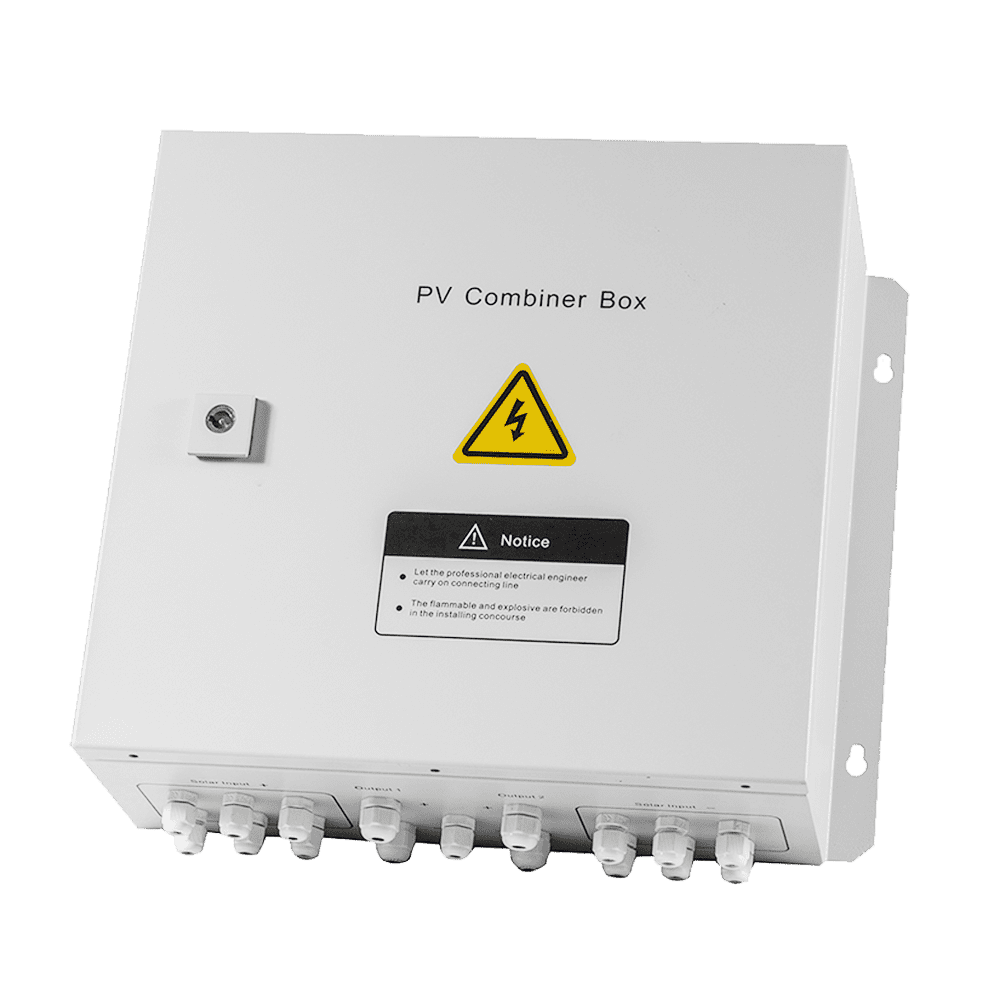
Photovoltaic Array Combiner Box for home
AC Combiner Boxes
Function and Application
AC combiner boxes are used on the AC side of the inverter. They combine the output from multiple inverters or inverter strings before the electrical energy is fed into the grid or the building's electrical system. This setup is essential for managing the AC output from multiple inverters in larger solar installations.
Voltage and Current Handling
The input to an AC combiner box is the alternating current produced by the inverters. This current typically has a lower voltage than the DC output from the solar panels, suitable for grid connection (e.g., 120V, 240V, 480V).
Components
AC combiner boxes typically include:
Circuit Breakers: Provide overcurrent protection and allow for manual disconnection.
Surge Protection Devices: Protect against voltage spikes.
Monitoring Equipment: Ensure the safety and performance of the AC electrical system.
Enclosures: Protect internal components from environmental factors.
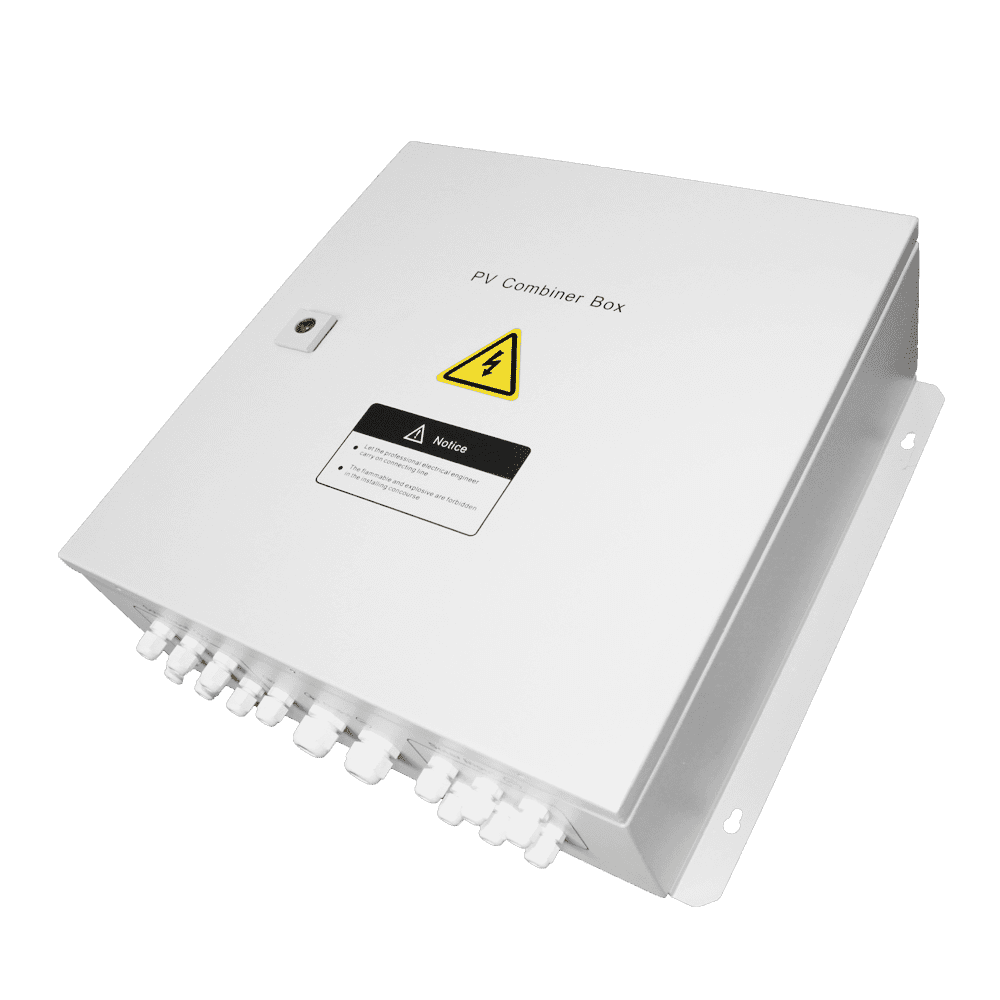
Safety Considerations
Safety considerations for AC combiner boxes focus on protecting against overcurrent and short circuits, as well as providing isolation and disconnecting means as required by electrical codes.
Key Differences Between AC and DC Combiner Boxes
The primary differences between AC and DC combiner boxes lie in their function, voltage handling, components, and safety measures:
Function: DC combiner boxes combine the DC output from solar panels before sending it to the inverter, while AC combiner boxes combine the AC output from inverters before feeding it into the grid or electrical system.
Voltage Handling: DC combiner boxes handle higher voltages (several hundred to over 1,000 volts), whereas AC combiner boxes handle lower voltages (120V, 240V, 480V).
Components: DC combiner boxes include fuses, surge protection devices, circuit breakers, busbars, and isolator switches. AC combiner boxes include circuit breakers, surge protection devices, monitoring equipment, and enclosures.
Safety Measures: DC combiner boxes require protection against arcing and insulation failure due to high voltages. AC combiner boxes focus on overcurrent and short circuit protection, providing isolation and disconnecting means.
Conclusion
Both AC and DC combiner boxes are integral to the efficient and safe operation of solar power systems. While DC combiner boxes manage the high-voltage direct current from solar panels, AC combiner boxes handle the alternating current output from inverters. Understanding the differences between these two types of combiner boxes is essential for designing and maintaining effective solar power systems. By selecting the appropriate combiner box for your solar installation, you can ensure optimal performance, safety, and reliability of your solar power system.

